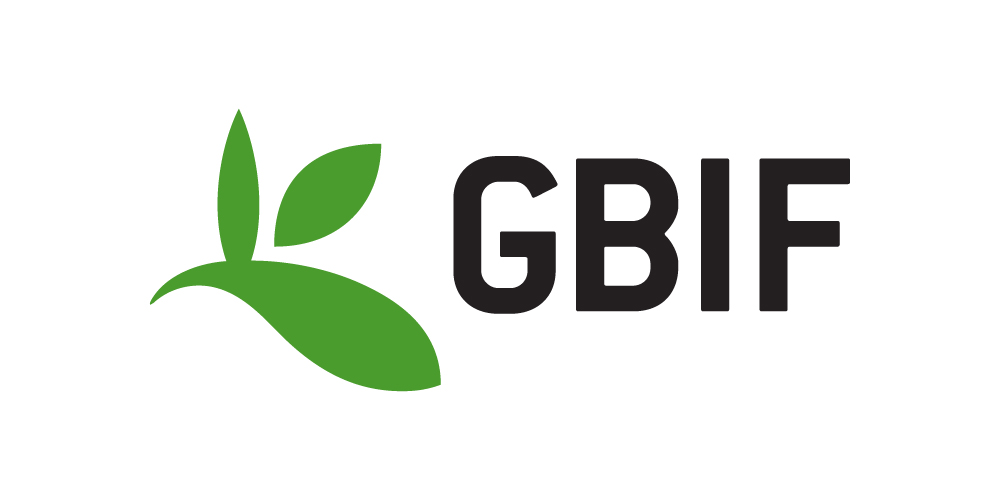ZMH Annelida collection
GBIF
Dataset type
This dataset that contains primary occurrence data for species.
Description
The Annelida collection was established in November 2019 to unite the primarily marine “Polychaeta” collection and the primarily terrestrial and freshwater Oligochaeta and Hirudinea collection, which were historically divided between two Invertebrates collections at the Museum of Nature - Zoology Hamburg. Revisions to annelid classification over the past decade mean that the collection now also includes the former phyla Echiura and Sipuncula. The collection is globally significant and contain important type collections for Oligochaeta (earthworms) and Polychaeta (marine Annelida). Altogether, the collection contains approximately 170,000 specimens, which are mostly preserved in ethanol. The terrestrial and freshwater annelid collection contains approximately 1500 type specimen lots and more than 20% of the known global diversity of earthworm species are represented. The heart of this collection are the specimens collected in the late 19th and early 20th centuries by Johann Wilhelm Michaelsen. The marine annelid collection contains more than 2000 type specimen lots, making it among the most important type collections in the world. The types represent species described by Ernst Ehlers, Hermann Augener, and Gesa Hartmann-Schröder, among many others. The geographic focus of the collection on the deep sea, poles, and the southern hemisphere originates from the intensive sampling efforts in these areas by the previous curators Johann Wilhelm Michaelsen, Gesa Hartmann-Schröder and Angelika Brandt. The collection continues to grow through new field collections and donations from researchers around the world.
Type of content
Includes: Point occurrence data, gbif import.Citation
Leibniz Institute for the Analysis of Biodiversity Change (LIB). ZMH Annelida collection. Occurrence dataset https://doi.org/10.15468/cxtwpn accessed via GBIF.org on 2025-08-22.
Digitised records
Looking up... the number of records that can be accessed through the BioAtlas - Atlas bioraznolikosti Hrvatske. This resource was last checked for updated data on 22 Aug 2025. The most recent data was published on 15 Nov 2024.
Metadata last updated on 2025-08-22 13:47:08.0
Loading...

